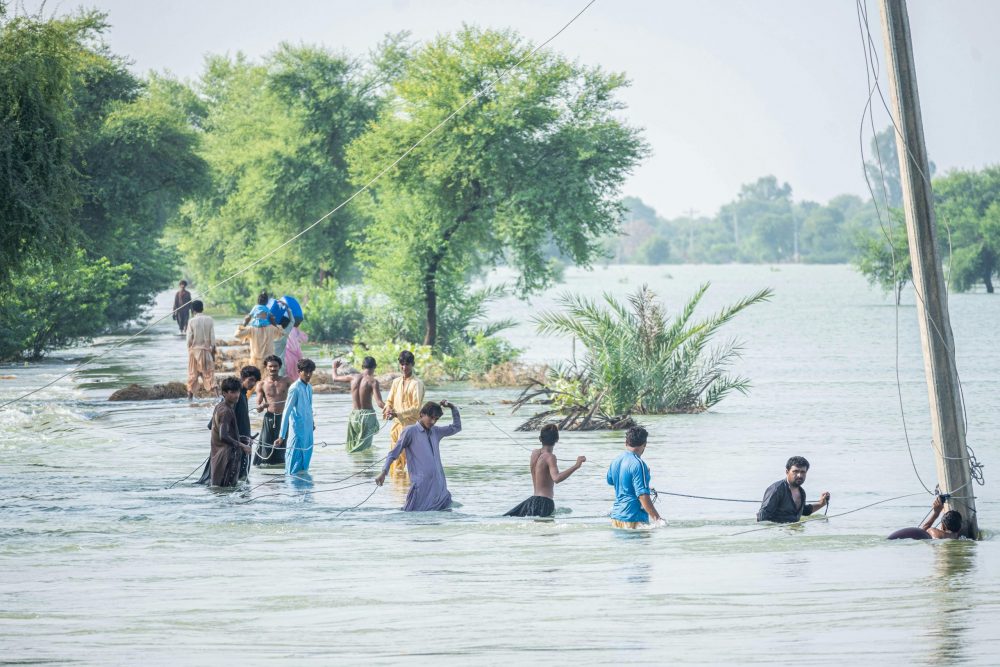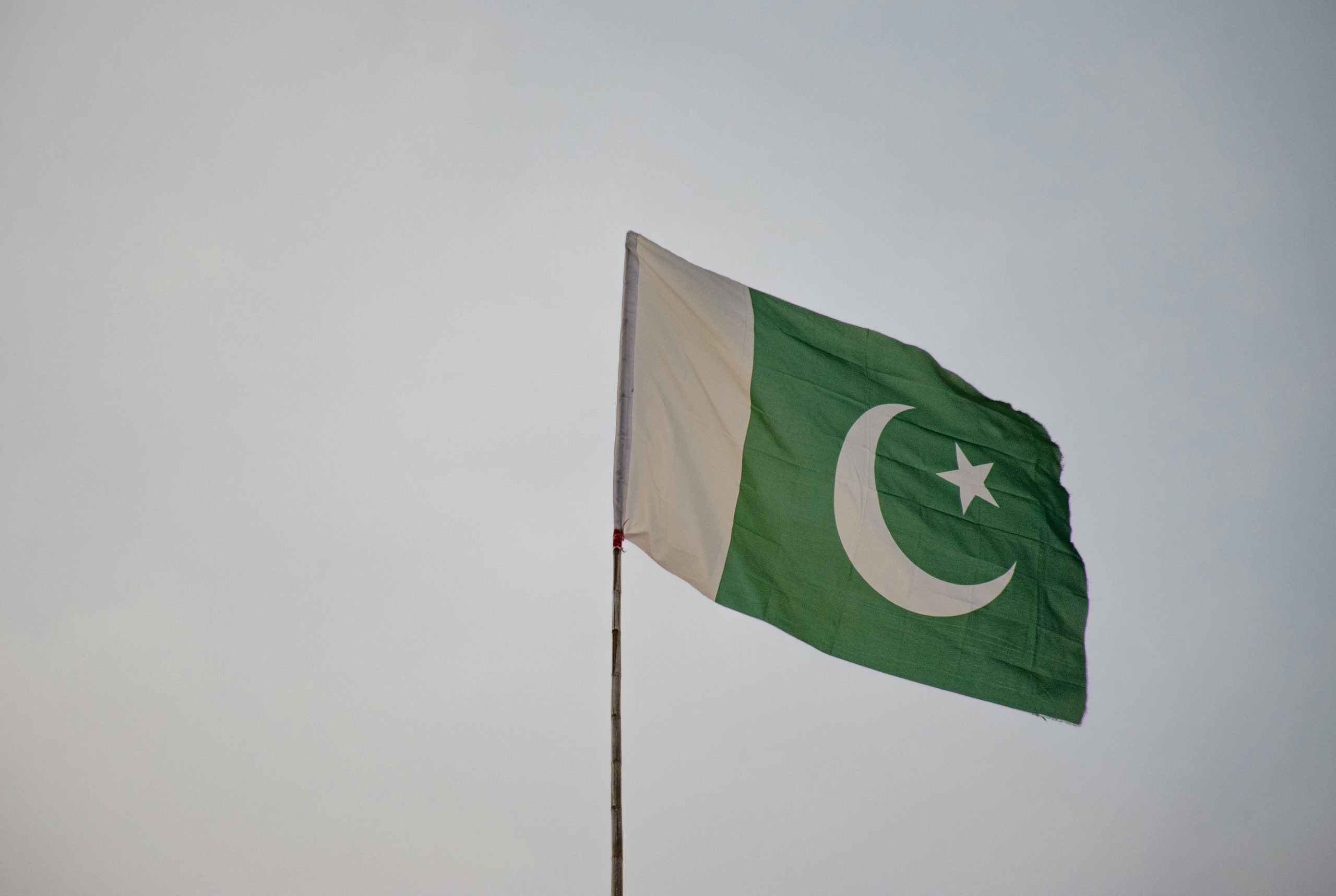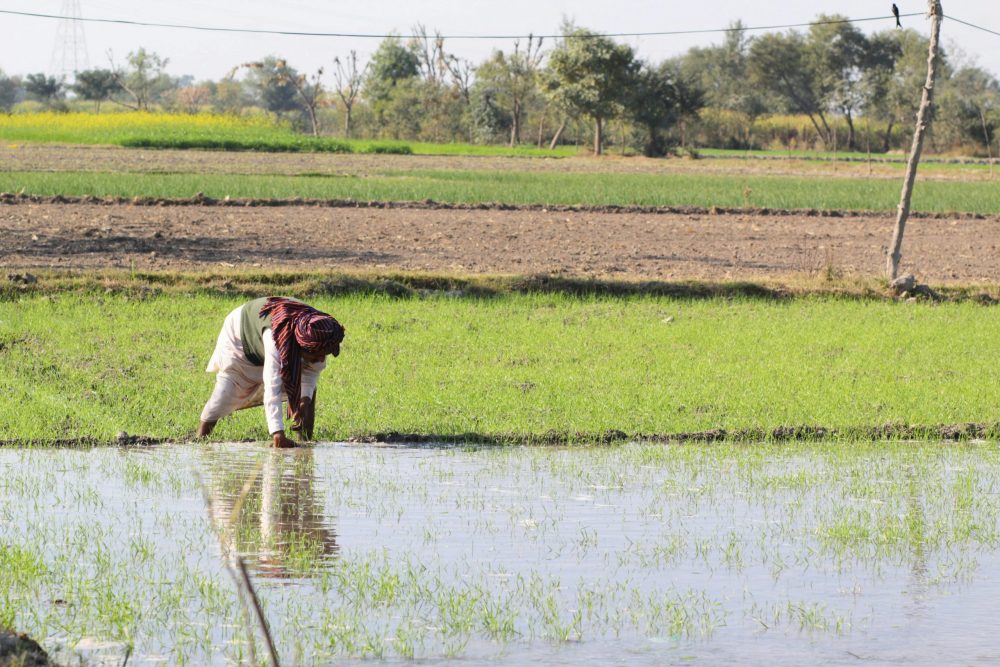In low-income countries, the role of the judiciary in mitigating the effects of climate change often faces significant hurdles in resources, capacity, and political will. In Pakistan, however, the establishment of several judicial commissions are tackling these challenges by supporting climate research, developing proactive approaches to climate issues, and creating institutional frameworks to guide future action. This article highlights the state of environmental degradation and pollution in Pakistan, and traces the creation and successes of the various judicial commissions working to protect the environment.
The world has witnessed an explosion in climate change litigation since 2015, highlighting the role that effective judiciaries need to play in advancing climate action. In Pakistan, having realised that pertinent environmental issues in the country are not being effectively tackled, the judiciary is making concerted efforts to come to the government’s aid to ensure citizen wellbeing and safety. What began as a public interest litigation via a writ petition filed in 2018 (a type of legal tool for protecting citizens’ rights) has led to the creation of several judicial commissions which are making significant headway in affecting progress on environmental justice.
Pakistan’s judiciary steps up
A first-of-its-kind judiciary-government collaboration established the first commission, the Judicial Water Commission (JWC), in February 2019, and was set up by Mr. Justice Shahid Karim of the Lahore High Court (LHC), under the Chairmanship of Mr. Justice (Retd) Ali Akbar Qureshi. The JWC was initially created for the primary purpose of conserving groundwater levels and quality in Lahore, but its scope widened over time. A separate Judicial Environmental Commission (JEC) was later established and over time the two commissions became a joint Judicial Water & Environmental Commission (JWEC) overseeing the country’s key environmental issues.
Outside of high-income countries, the role of the judiciary in climate litigation is often limited and faces significant hurdles in resources, capacity, and politics. In spite of this, progress has continued and Pakistan is not alone in the region in advancing this type of judicial activism. India has engaged since the 1980s, where the judiciary successfully intervened in matters relating to improper drainage and toxic gas leakages in Madhya Pradesh, extractive mining in Uttar Pradesh, water pollution of the Ganga (River Ganges), and several other cases. In Bangladesh, while environmental courts have been established, further work needs to be done to ensure that they are proactive and fit for purpose.
The nexus of judicial activism and research
The JWEC Commission is actively involved in research efforts with internationally renowned energy/environment experts around rigorous and evidence-based policymaking. One such project led by Michael Greenstone (University of Chicago), Usman Naeem (Tufts University), and Sanval Nasim (Lahore University of Management Sciences), engages with Punjab’s Environmental Protection Agency (EPA) and has recently begun interacting with the Lahore High Court and JWEC to design and pilot a study on emissions rating programmes to incentivise industrial plants to comply with emissions standards and maintain low levels of pollution. The study (currently underway) includes (a) third-party monitoring of firm emissions by EPA-certified emissions monitoring laboratories, (b) rating firm emissions levels using a five-point rating system, and (c) publicly releasing ratings data for selected firms via an EPA website and increasing public awareness. A key objective of this research is to assess the extent to which public disclosure of emissions ratings improves firm compliance and EPA’s enforcement capacity.
An environmental state of affairs
Pakistan faces several environmental challenges including air pollution, water pollution, and water scarcity. Today, Pakistan is amongst the top ten countries in the world identified as hotspots for climate impact – ranking eighth globally, and second-to-worst in South Asia, narrowly behind Bangladesh. Climate change will only intensify these challenges, highlighting the need for urgent action to protect the environment and its impacts on human wellbeing.
Water shortages and pollution
Reports from the United Nations Development Programme (UNDP) and the Pakistan Council of Research in Water Resources (PCRWR) indicate that Pakistan could face absolute water scarcity by 2025 and become one of the most water stressed countries by 2040.In Punjab, 90% of the population relies on groundwater to meet daily needs. Intensive use in recent decades are leading towards depletion and other geological hazards, all the while deteriorating water quality. The construction of the Indian Madhopur and Thien Dams in 2002 has compromised the largest source of groundwater replenishment for the region, River Ravi.
On water conservation, JWEC has identified several sources of water wastage and pollution, and proposed and initiated strategies for overcoming them. By doing so it has successfully been able to conserve 23.85 million gallons of water per day and has prevented the water table levels in Lahore from further depletion. According to government data, between 2018 and 2020 the water table witnessed an insignificant drop of only 0.15 meters. Details of initiatives which have made this possible are given below.
Every drop counts
Managing Industrial Waste:
The JWEC ensured
- Installation of 73 large- and medium-sized water purifier plants at Sundar and Quaid-e-Azam Industrial estates.
- Closure of 400 industrial estates which were injecting wastewater and sewage directly into the aquifer.
- 46 sugar industries are in the process of installing treatment plants.
Reduce and Reuse:
- Installation of 190 ablution water tanks in various housing societies, the largest of which is located at Data Darbar and has led to conservation of 192,000 gallons of water per day.
- Water wastage at car service stations has been controlled by ensuring installation of 310 Car Wash Recycling Systems.
- WASA and Lahore Development Authority were tasked to ensure domestic car washing was not done using unrestricted water supply
- 17 of the 24 irrigation channels of the Lahore Branch Canal were unclogged leading to several large parks of Lahore being irrigated using surface water instead of ground water.
- The JWEC has commissioned the construction of a rainwater harvesting plant as an underground reservoir with capacity to store 1.5 million gallons of stormwater. Stored rainwater and treated water from industries will be reused for irrigation and cleaning purposes.
Air pollution
Air pollution and smog have become additional alarming environmental challenges for Pakistan. According to the United States Air Quality Index, Lahore is now ranked as the most polluted city in the world. While the detrimental impacts of air pollution on public health and human capital are known, the implications on economic activity are still being understood. An International Growth Centre (IGC) study notes that on polluted days, human productivity can drop by an average of 6% and lists Pakistan among countries severely exposed to PM2.5, one of the most harmful air pollutants. PM2.5 concentration in Lahore is three times the WHO recommended threshold. The problem is not only a result of harmful industrial and technological practices, but is also exacerbated by governmental inertia and ineffectual policies.
The JWEC has established strategies to mitigate air pollution and limit further degradation of air quality, as detailed in the box below.
Out with the old, in with the new
A major achievement of JWEC is that all brick kilns have now been converted from traditional Bull Trench technology to newer, more energy-efficient Induced Draft Zigzag Kiln (IDZK) technology, similar to what has successfully been done in Nepal. In comparison to traditional brick kilns, IDZKs produce 25% more high-quality bricks using 30% less fuel and generating 70% less emissions. Lower emissions from IDZKs provide social welfare gains (read more about this technology and its economic and environmental benefits in this IGC study). JWEC also conducts random checks and seals, and fines any non-compliant brick kilns. Checks have also been placed on vehicular emissions (contributing 43% to smog). To control sale of substandard fuel (with high sulphur content – a major contributor to smog), 143 of 491 fuel stations inspected were sealed. JWEC also ordered closure of 233 smoke-emitting industrial units in Lahore. There is now a ban on use of polythene bags with fines levied on non-compliance. Other initiatives include sprinkling and mechanical cleaning of roads, installation of anti-smog towers on an experimental basis, imposing fines on stubble burning, and a review of the Transport Master Plan to limit traffic congestion.
Pakistan’s legal basis for environmental protection
Environmental degradation is a violation of core human rights, affecting the health and wellbeing of individuals alongside the impact on agriculture, the economy, energy, transport, displacement, and migration. Environmental protections fall in the ambit of several UN Sustainable Development Goals (SDGs) which Pakistan is committed to achieving. Although the Constitution of Pakistan does not explicitly list the ‘right to environment’ as a fundamental right, in a 1994 landmark judgement (Shehla Zia vs. WAPDA) the Supreme Court held that the right to a clean and healthy environment was part of the fundamental right to life and dignity guaranteed in Articles 9 and 14 of the Constitution.
Building on the precautionary principle from the Shehla Zia case, a framework of environmental law and justice has evolved which led to climate justice in the 2015 Asghar Leghari case and 2021 D.G. Khan Cement case, further evidencing how judicial support for the environment is of instrumental value. The court is not only concerned with the preservation of human rights of present generations, but with the importance of ensuring intergenerational climate justice.
Way forward
The JWEC should take measures to spread its reach beyond Lahore and target other cities across Pakistan. Given the magnitude of the environmental threat to the population and the country’s economic development needs, the successes of this new and larger nexus of government, judiciary, and academia must be heralded and ardently promoted. However, institutional efforts and academia must be supported by individual behaviours and actions. Going forward, we must educate ourselves on how to be better, more conscientious citizens of the planet.
This article originally appeared on the International Growth Centre’s (IGC) website here.






